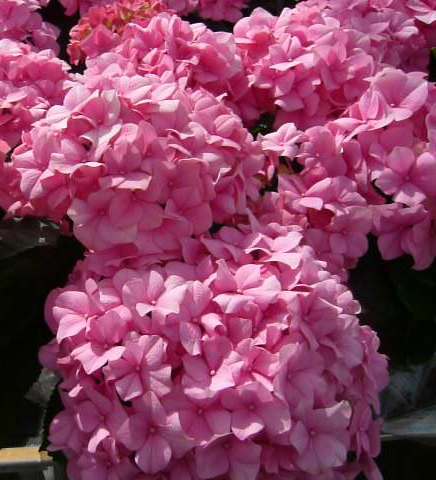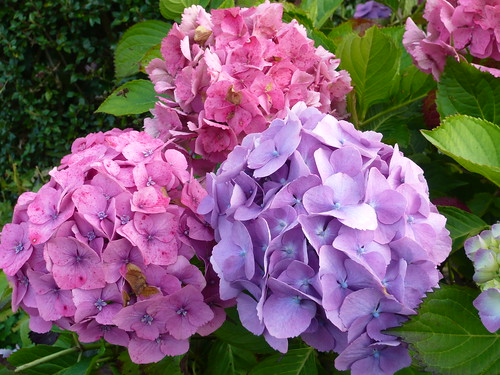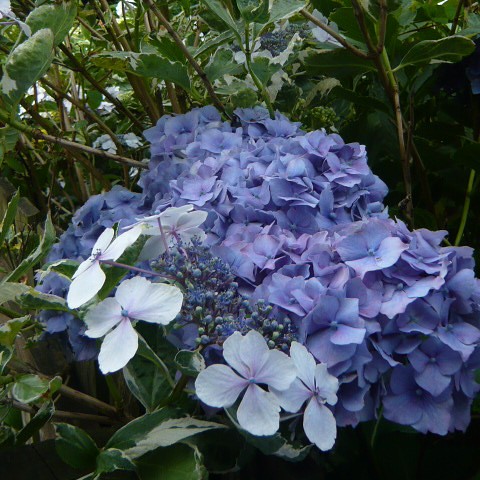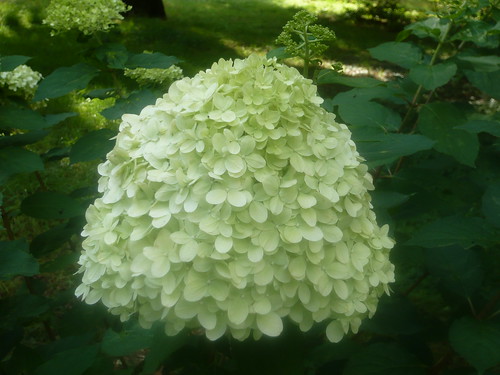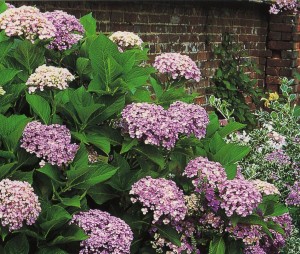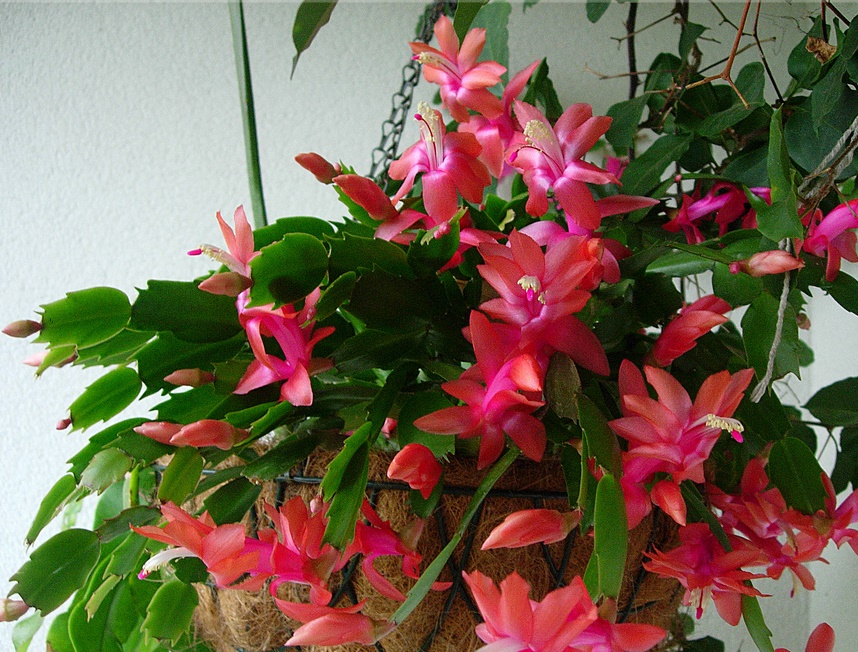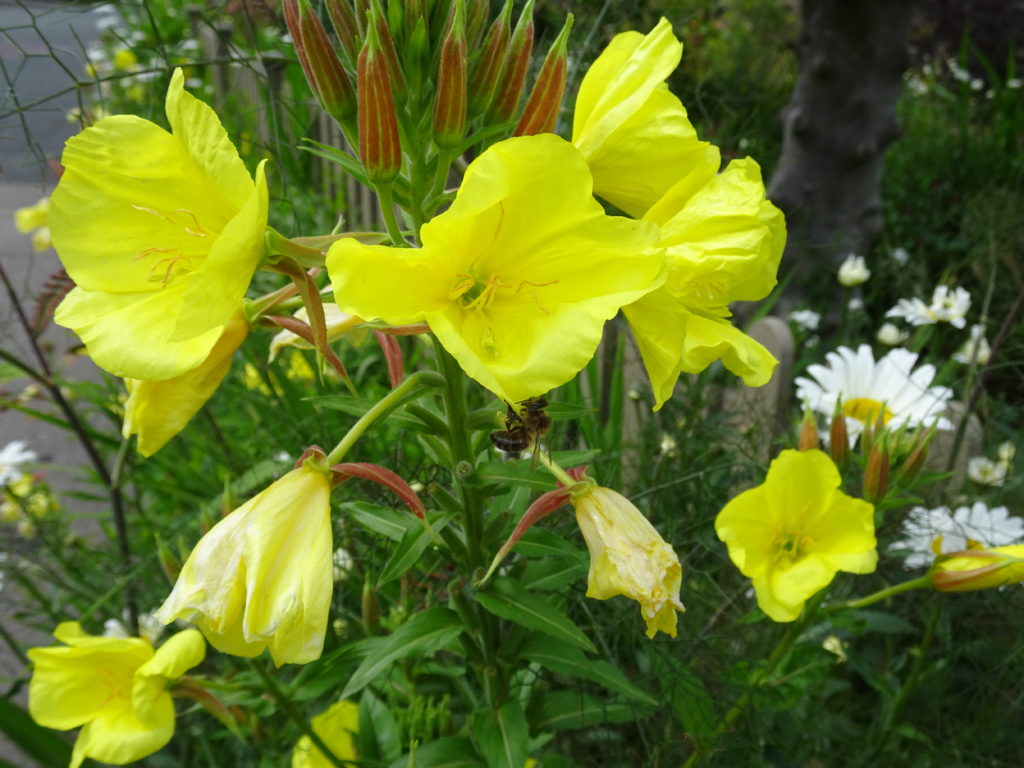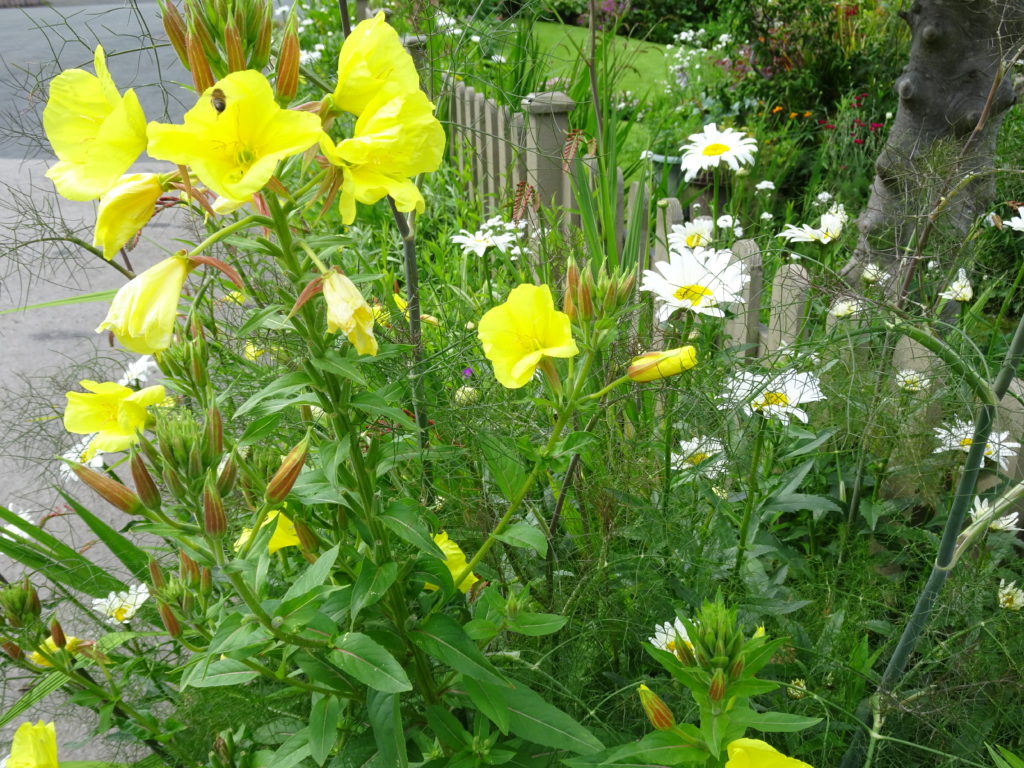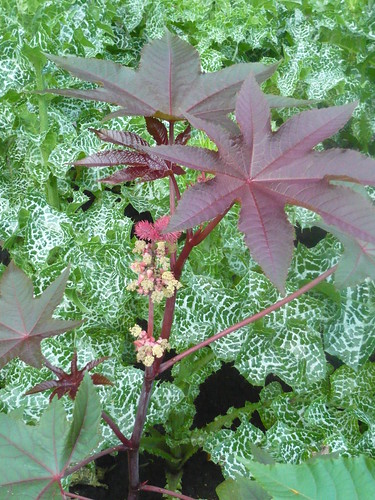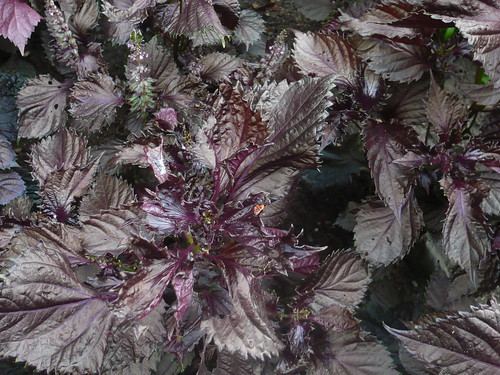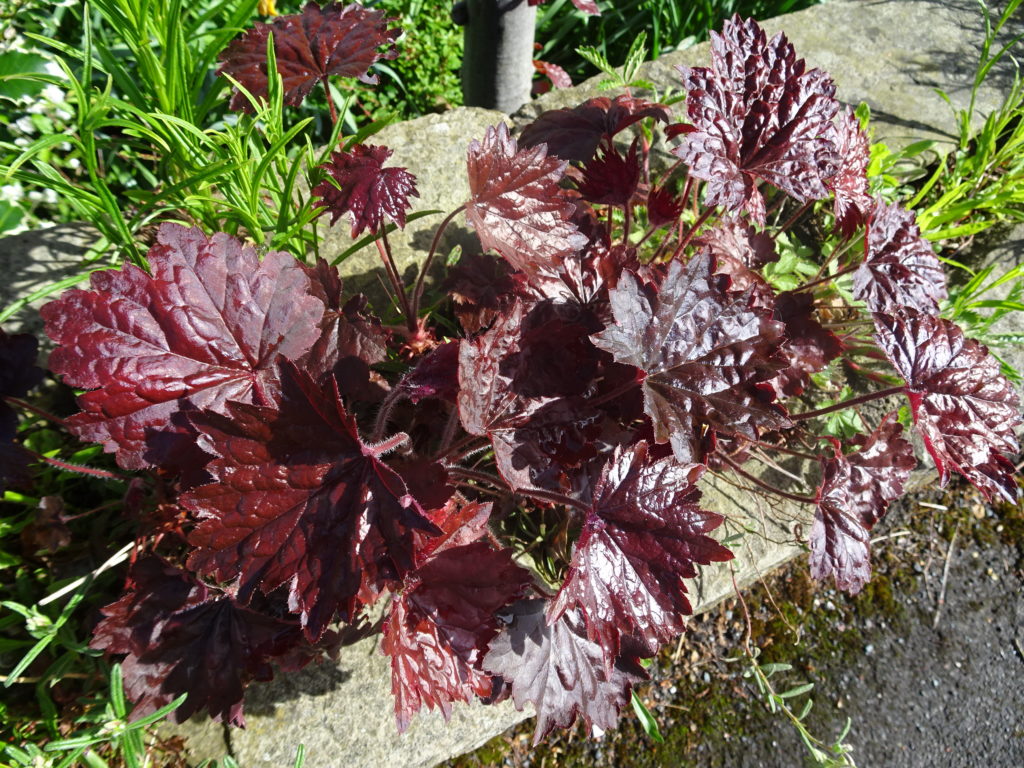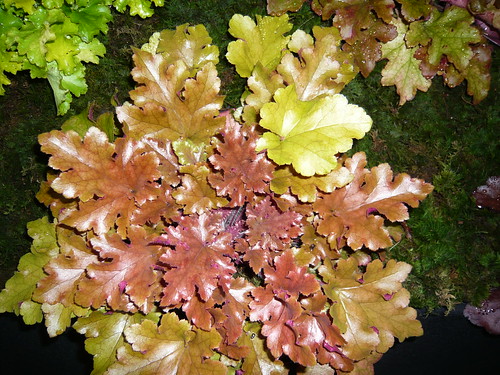Help Change the Colour of Hydrangeas
What Causes and Changes Hydrangea Colour
- Hydrangeas grown in the presence of metal salts, particularly Iron or Aluminium sulphates, will turn blue.
- Plants growing in acid soil will turn the best form of blue but acid soil on its own is no guarantee of a blue Hydrangea.
- Pale pink varieties tend to change to the deepest blue.
- Dark pink varieties tend to turn mauve or muddy purple when treated with metal salts.
- Blue varieties will seldom turn pink unless all the metal salts are washed out and withheld. Even then it may be a naturally pink variety.
- You can buy a bluing agent or colourant from a garden centerelp change the colour from pink to blue. You can introduce metal salts in other ways like us to hing rusty nails or even tealeaves in the soil.
Pot and Container Grown Hydrangeas
- Hydrangeas need plenty of water – just a reminder. However they can be grown in pots both outdoors and as a houseplant.
- Mix blueing agent if required with the soil when potting a hydrangea. Water weekly with a solution of water and colourant dissolved in a little hot water then diluted per the instructions on the packet.
Help White Hydrangeas
- White varieties of Hydrangea will stay white despite the gardener.
- As white flowers age they may take on a pink tinge to the outer-side of the petals.
- White flowers will last longer with some shade before turning brown.
- The Hydrangea panniculata Limelight pictured has a natural green tinge that looks very attractive under larger trees.
Coloured Hydrangeas
- Mophead Hydrangea Macrophylla ayesha shown above is purple on this neutral London soil and flowers on previous seasons wood.
- Most neutral and alkaline soils produce pink Hydrangeas whilst an acid soil will have a blue flower.
- White Hydrangeas remain white or the bracts get tinged pink as they age.
- These colour rules apply to Lacecap hydrangeas where the bract-petals don’t all open and have a looser more subtle effect.
- To turn a pink Hydrangea blue add aluminium salts or iron salts. You can add by powder or colourant mixes.
- A Pink hydrangea needs no aluminium and lime is used to restrict its uptake of metal salts.
Other Hydrangeas
- Hydrangea arborescens is smaller than many hydrangeas, they are around 3ft height and spread. One of the best varieties is ‘Annabelle’ which is a mound forming shrub which is compact and requires little pruning. The flowers are a very showy, large and white.
- Hydrangea paniculata are generally larger and have a large cone or pantical of flowers
- Hydrangea quercifolia has large lobed leaves like oak leaves
- Hydrangea anomala is a climbing plant that has attractive mahogany brown stems and lush, bright green, deciduous foliage. The lacecap flowers last just a few weeks in summer.
Further information on Grow healthy hydrangeas
Tips for Growing Hydrangeas and Hydrangea Aspera
Amazon supply Colourant to change hydrangeas click here
